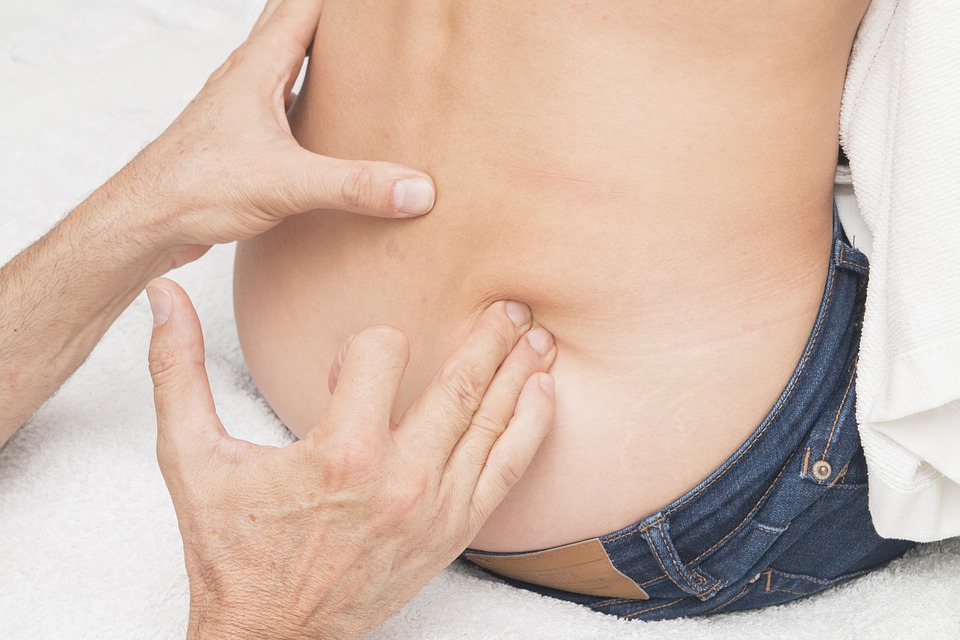Coccydynia is a pain felt in your coccyx. This is the last bone at the bottom of the spine (tailbone). You can get it if you injure or strain your coccyx or the surrounding muscles and ligaments.
In most cases, the pain will improve over a few weeks or months, but occasionally it can last much longer and severely affect your ability to carry out every day activities.
Symptoms of coccydynia
The main symptom is pain and tenderness in the area just above the buttocks.
The pain may:
be dull and achy most of the time, with occasional sharp pains
be worse when sitting down, moving from sitting to standing, standing for long periods, having sex and going for a poo
make it very difficult to sleep and carry out everyday activities, such as driving or bending over
Some people also have back pain, shooting leg pains (sciatica) and painful buttocks and hips.
When to get medical advice
Coccydynia will often improve on its own after a few weeks and there are some simple treatments you can try at home (see below).
See your GP if:
the pain doesn’t start to improve within a few weeks
simple home treatments don’t relieve the pain
your pain is very severe
you also have bleeding, a high temperature (fever) or pain away from your coccyx
Your GP will carry out an examination to check for more serious causes of your pain, such as infection or a fracture.
In some cases, they may also refer you for tests such as X-rays or an MRI (magnetic resonance imaging) scan.
Causes of coccydynia
Common causes of coccydynia include:
childbirth
an injury or accident, such as a fall
repeated or prolonged strain on the coccyx
poor posture
being overweight or underweight
Less common causes can include a bony growth on the coccyx, the coccyx being too flexible or too rigid, and arthritis. Rare but serious causes include infection and cancer.
In many cases, no obvious cause can be found. Age-related “wear and tear” may play a part.
Read more about the causes of coccydynia.
Treatments for coccydynia
There are a number of treatments for coccydynia.
Simple measures you can try at home are usually recommended first and other treatments may be used if these don’t help.
The main treatments are:
self-care measures, such as avoiding prolonged sitting, using a specially-designed coccyx cushion (doughnut cushions), applying hot or cold packs to your lower back and wearing loose clothing
non-steroidal anti-inflammatory (NSAID) painkillers that you can buy from shops and pharmacies, such as ibuprofen
Persistent symptoms lasting longer than eight weeks may benefit from:
physiotherapy exercises, massage and stretching
injections of anti-inflammatories (corticosteroids) and painkillers into the coccyx or surrounding area
In a small number of cases where other treatments haven’t helped, surgery may be needed to manipulate the coccyx. Very rarely the coccyx may need to be removed (coccygectomy).
Read more about the how coccydynia is treated.
- Pain
- Pain is an unpleasant physical or emotional feeling that your body produces as a warning sign that it has been damaged.
- Physiotherapy
- Physiotherapy is a treatment that uses physical movements, massage and exercise to relieve illness or injury.
- Spine
- The spine supports the skeleton, and surrounds and protects the delicate spinal cord and nerves. It is made up of 33 bones called the vertebrae.
